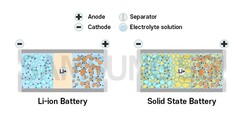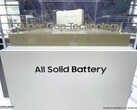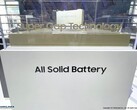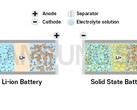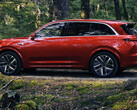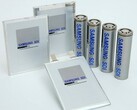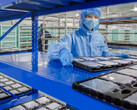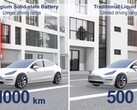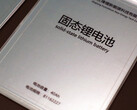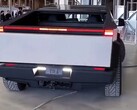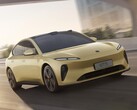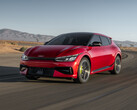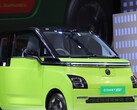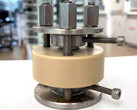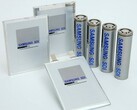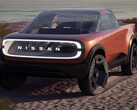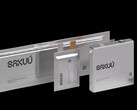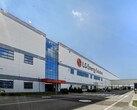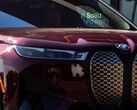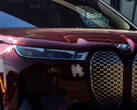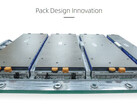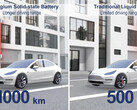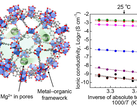As part of its presentations around the InterBattery 2023 expo earlier this month, Samsung SDI talked about its work on a solid-state battery with the proprietary Super-Gap Edge technology. Samsung's team will have a pilot production "S line" for the anode-less cells running in the second half of the year to test the mass production viability of its solid-state battery concept. Samsung's Chairman Lee has reportedly visited the solid-state battery production line for a personal inspection not long ago.
Samsung's all-solid cells use stable oxide electrolyte instead of the flammable lithium hexafluorophosphate electrolyte solution in current batteries to prevent the thermal runaway effect that causes electric vehicle fires. For the electrolyte, Samsung is banking on its vast experience of producing solid oxide at high temperatures for its multi-layer ceramic capacitors (MLCC).
Besides safety and volumetric density that can return 1.5-2x higher performance in the same footprint as current cells, Samsung's solid-state battery presentation focused on the weight reduction. Since an electric car can weigh as much as an SUV with a gas-powered engine because of the battery, using solid-state technology can reduce that extra weight significantly, increasing the range on a charge further.
It gave an example with a BMW i4 which is nominally the automaker's midrange electric car but weighs more than 2 tons and is thus prohibited from using certain mechanical parking places. By using Samsung's S-line solid-state battery, the BMW i4 would easily dip below the weight limit and can use mechanical parking again.
As far as disadvantages of the solid-state battery, Samsung has pointed out its high production costs that would make the initial S-line mass production batches somewhat of a boutique offering like its first OLED TVs. Fusing all solid elements together, for instance, requires a huge amount of pressure:
It will come together at high pressure. You have to do ultra-high pressure pressing. So, how high is this pressure? Usually, the pressure to make an all-solid-state battery is usually about 3000 bar. 3000 bar is an incredibly high pressure. If you apply pressure while it is exposed to room temperature, it will not crumble, tearing up. So, how do you apply pressure? WIP is an abbreviation, but it is called Warm Isostatic Press (WIP). To put it simply, put the pouch in the water tank, close the chamber, and apply ultra-high pressure with water pressure. It's a tight squeeze. Put the pouch film into a large bucket of water and press the battery cell with ultra-high pressure. This is about 3000 bar, but to make an all-solid-state battery. In the case of the Samsung S line, the target is 5000 bar.
Still, Samsung watchers are hoping that with the start of mass S-line production around 2027, costs will have come down enough to make electric cars with its solid-state battery a viable proposition, even if the first such models are in the premium price range.




